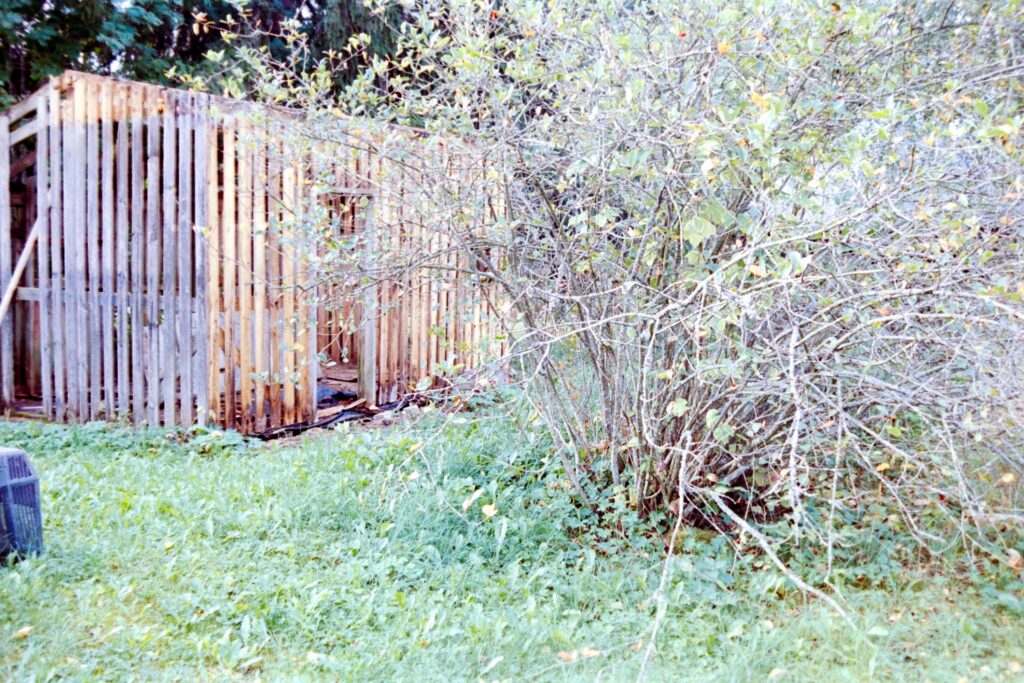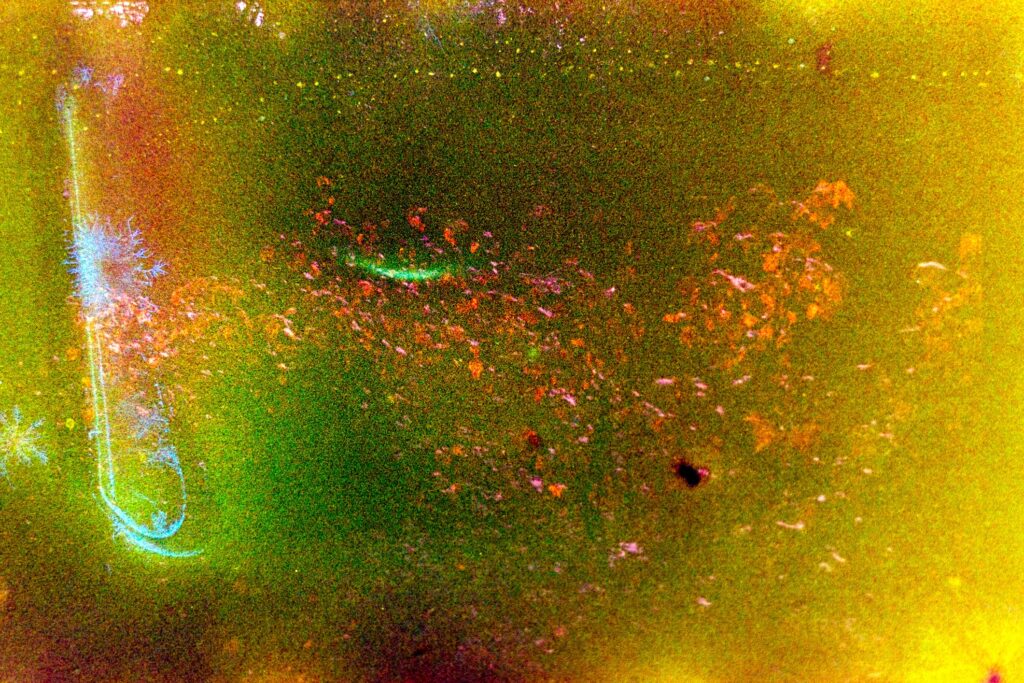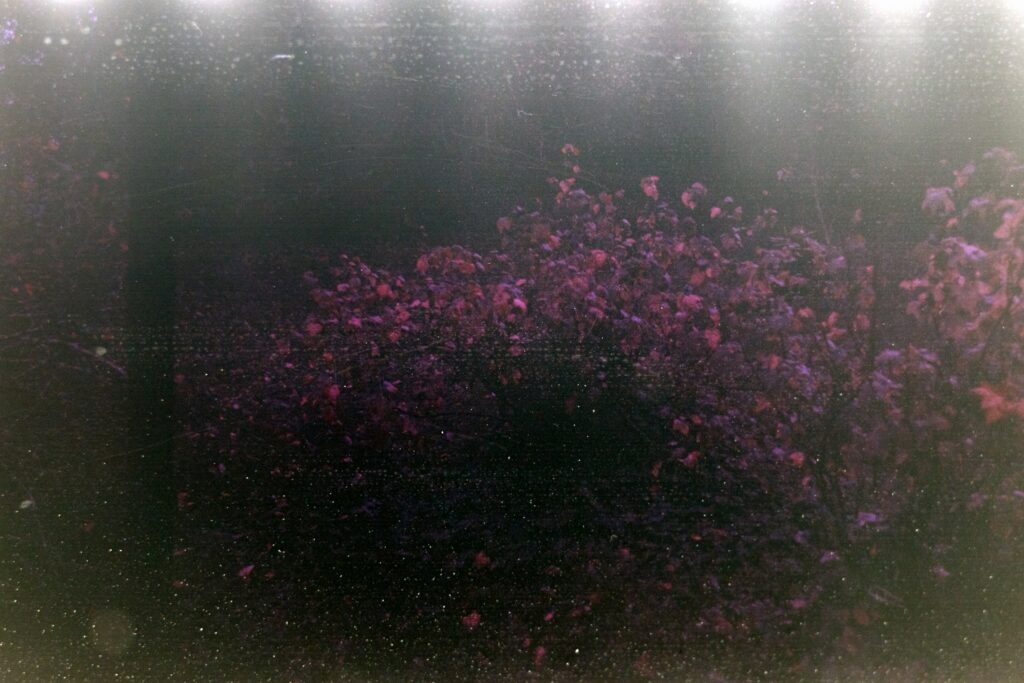
Written By Jaanus Muruõis
The film soup method
“Film souping is a unique technique that involves altering the chemical properties of a film roll by soaking it in various liquids, leading to unpredictable and artistic results.” – (1)
Film soup on a color film
Color shift – sensitivity of the different color layers on a film are altered.
Contrast shift – higher or lower contrast.
ISO shift – the sensitivity can be decreased or even increased.
Random texture variations and/or artifacts – mostly due to the film being souped inside the container. Layers of the film are pressed against each other and the process is uneven.
Film soup temperature.
Higher temperature of the liquid has been the main factor in almost all Film Soups.
Films kept in too warm conditions will also provide unexpected color shifts.
What part of the color shift comes from the temperature and what comes from the ingredience itself?

Issues approached
Film in a container won’t get altered evenly. All films are rolled on a reel and processed in a development tank. Then rolled back in the container – after the film is dry.
Each soup will be washed off. Three washing cycles (3x5min) will follow to avoid artifacts on film and/or damage to the camera and/or C41 processing liquids.
Time and temperature factor – different timing and temperature measurements are used on the film soup. Also the PH of each soup is measured.
Film factor – different films are tested.
Color shifts are measured by taking photos with a Datacolor (C) color chart. Unaltered films are compared to film soup versions.
Possibly, maybe?
A map to to get desired color shifts etc.
A map to alter certain films to recreate similar color spaces to films that are not even produced anymore?
.





.
Prior to AGO-processor
Experimenting and mapping like this was quite impossible or just very-very expensive. LABs usually don’t accept film soups as they might damage the equipment or chemistry.
.Classical film-processors were quite sensitive to Film Soups. This one can process everything. Easy to clean and wash off whatever remains on the processor.
.





.
First steps
Kodak UltraMax 400 soupped in pressed lemon juice at PH3. Undissolved and rather strong for 3h, 12h and 24h.
All at 20 degrees Celsius. Rather the normal/lower temperature to see if anything happens at all.
Next steps
Same films. Same soup. Same time. Just at 30 degrees, then 40 degrees etc.
Same/new film. Same/new soup. Same/new time. Same/new temperature.
.





.
NB! Always inform the LAB if your film is soupped! It can damage the chemicals and ruin the films of others.
Jaanus on instagram: @wwwnonphotos
Sources:
(1) LINK
